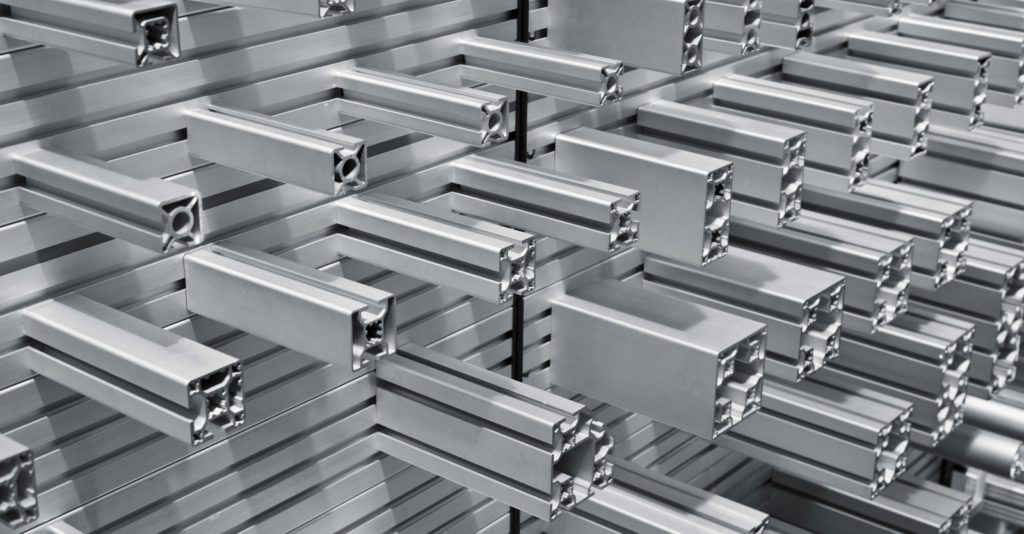February 28, 2020
You are about to enter into an aluminium extrusion manufacture process.
You’ve sketched up the final draft of your drawing, and you are now searching for an extrusion supplier, one that can help you turn the bare bones of your design to an extruded part.
Great. What comes next?
Well, before you rush into extruding your part, there are some decisions you may want to think about carefully.
- Which extrusion supplier will you choose, for example?
- Does the design of your drawing accurately represent what you need?
The decisions you make early on can either save or sabotage the extrusion production process. Below, we’ve created a brief guide, where we touch on what you should do before enquiring about your extrusion.
What is aluminium extrusion? Aluminium extrusion is a process we can apply to turn aluminium alloys into objects for a variety of uses.
The aluminium extrusion manufacture process can be complex. In this article, we break down the 9 tips you need to improve the quality of both the process and your finished part.
Without further ado, here is what you need to do to ensure your extrusion manufacturing process runs smoothly from start to finish:
Do’s of the Aluminium Extrusion Manufacture Process
-
Do provide drawings with the right technical information to ensure the advice you receive is correct
If you provide an extrusion supplier with a drawing for a bespoke extrusion, make sure that the technical details on the drawing are accurate.
You may want to produce a CAD file or a general assembly drawing that matches up with the extrusion you want, for example.
If, however, you do not have the capabilities to produce a technical drawing, inquire with your extrusion supplier to ensure they can.
-
Do check with your extrusion supplier that your design will work as an extrusion
If our experience in supplying extrusions has taught us one thing, it’s that taking time to think about your design carefully will help you achieve better results.
When sketching a design, ask yourself these three questions:
What is the extrusion’s main function?
What shapes and dimensions will these functions require?
Will any other components connect to your part/profile?
-
Do know what alloy you require for your extrusion
Choosing the right alloy is a key part of any project.
What makes an alloy right for a project? Well, the answer is that whatever alloy you use, it must meet the needs of your project.
Additionally, make sure you understand all of the strengths your extrusion requires. You may, for example, need your profile to be weldable, machinable or corrosion resistance.
There are many advantages to aluminium. You need to make sure you are levering the right ones for your part.
Learn about the properties of the alloys you choose and about the impact they will have on the capabilities of your extrusion.
-
Do know which finish you want to apply to your extrusion (If any)
After extruding your part, you may want to apply a suitable surface finish to it.
There are many reasons why you may want to apply a surface finish to your part. You may, for example, require a surface finish to improve your part’s appearance; its adhesion, hardness or even its resistance to corrosion and wear.
When you require finishing to be added to your extrusion, make sure you understand how the finishing process can alter the thickness of your extrusion’s profile.
Do remember to inform your extrusion supplier about the finishing requirements you want.
-
Enquire about prototype samples, especially if your section is new to you and you have doubts about it
Ask your extrusion supplier if a 3D print or wire eroded sample can be provided. This will be far less expensive than cutting a die and having samples produced.
Here at Orgbar, we can offer fully machined parts from both wire eroded, and 3D printed samples.
-
Do remember to consider lead time, minimum order quantities and service rather than buying on price alone
When choosing an extrusion supplier, think about these three factors:
- Lead time
- Minimum order quantity
- Service
-
Know which one of your extrusion faces will be visible (if any).
-
Do have an idea of the amount of extruded parts you need
-
Do mention at the beginning if you need a stocking facility.
Those are the 9 tips you should follow to make the aluminium extrusion manufacture process easier for yourself and your extrusion supplier.
Feel free to contact us today, to discuss your extrusion requirements. Alternatively, you can also read our Buyer’s Guide here for insights on how to choose the right extrusion supplier.

